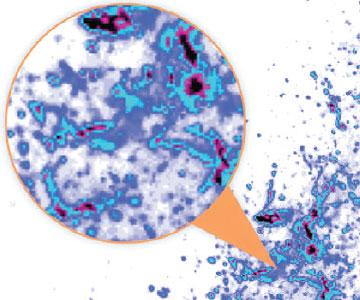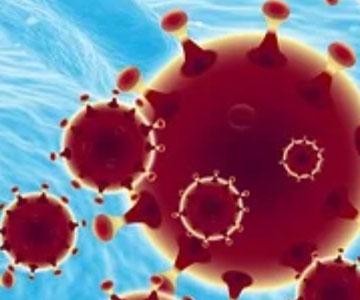Magazine
May-June 2020

May-June 2020
Volume: 108 Number: 3
Malaria is a devastating disease transmitted from person to person by mosquitoes. It kills more than 400,000 people per year, more than half of those deaths being children 5 years old or younger. CRISPR (clustered regularly interspaced short palindromic repeats) is a new gene-editing technology that acts like a pair of molecular scissors: It is used to “cut and paste” DNA sequences to alter gene function. In “Gene Editing and the War Against Malaria” (pages 162–169), Ethan Bier and Elliott Sober describe how biologists can now alter genes in a malaria-transmitting mosquito population by engineering a CRISPR gene drive, which mimics a natural evolutionary process. With this tool, a new gene can be inserted into the genome so that the alteration is rapidly passed down to successive sexually reproducing generations. Two gene-drive strategies have been found feasible: The first drives a local malaria-transmitting population to extinction; the second renders mosquitoes unable to transmit malaria, which breaks the malaria transmission cycle. (Illustration by Barbara Aulicino.)
In This Issue
- Agriculture
- Art
- Astronomy
- Biology
- Chemistry
- Communications
- Engineering
- Environment
- Ethics
- Evolution
- Mathematics
- Medicine
- Physics
- Policy
- Technology
Naming the Universe
Stephen Case
Astronomy
The quick thinking of internationally minded astronomers led by John Herschel avoided stamping the Solar System with petty European rivalries.
The Rise of Parkinson's Disease
E. Ray Dorsey, Todd Sherer, Michael S. Okun, Bastiaan R. Bloem
Agriculture Environment Medicine Policy
Many cases of this increasingly common neurodegenerative disease are preventable, and we may now know how.









